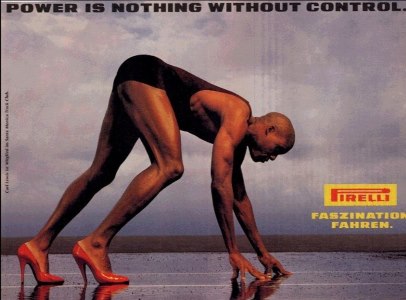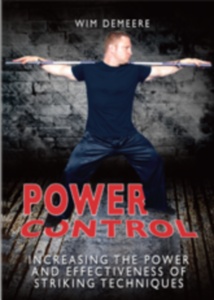Last week I was reading an interesting article (if a bit dry) about deceleration of movements in sports. You can read it here, I think it’s worth it. One of the points it made is that little attention is given to studying deceleration. I agree. Compared to acceleration training, the attention deceleration receives is almost minimal. I always found that strange, as I learned many years ago that it is a hallmark of combat sports and martial arts, but it’s routinely overlooked. I’ll explain in a bit but first a quote from the article:
High levels of eccentric strength are required in tandem with appropriate training of deceleration technique specific to sporting performance, while the demands of the sport situation determine the critical distance, direction, and time that the deceleration must occur.
In other words, you need a specific kind of strength (eccentric) instead of the one you use for acceleration (concentric) while at the same time adjusting on the fly to changing conditions.
This is a bit of an oversimplification, but it’s a good rule of thumb. It is particularly true in martial arts and self-defense. Here’s why:

One of the ways sports are classified is into specific types of movement: cyclic or acyclic (also acyclic combined but we won’t cover that now.)
Cyclic means a repetitive movement pattern like swimming, running or cycling. In those sports, you pretty much do the same movement all the time. The only main difference is if you do it with endurance as a goal (run as far as you can) or with speed (run as fast as you can.) I know this is also an oversimplification but bear with me.
Acyclic means several different movement patterns are necessary. Examples are team sports such as basketball or volleyball, but also fencing, tennis, and boxing. In all these sports, you perform a variety of techniques/movements and go from one technique to another. Acyclic sports typically require good technique, speed, and power.
Whenever you fight, in the street or in competition, you perform acyclic movements. You punch, then you kick, then you move then you grapple, then you punch again, etc. It always changes. What’s more, these changes happen because your opponent does the same as you. You have to adjust whatever you’re doing to his movements. That leads to only one conclusion if you follow this reasoning:
The ability to decelerate one movement (to either begin or transition into another) is just as important as being explosive with those movements.
This means that you need to train your body to explode into action, but also how to stop on a dime, change direction, and do something completely different. Unless you train to do this consciously and specifically, you will not develop this skill to a high degree.
There are several downsides to not working on deceleration:
- Inertia becomes your master. Once you generate momentum with a given technique, inertia comes into play. If you don’t work on deceleration, you become inertia’s slave: you can’t stop even if you want to. This has consequences, see the following bullet points.
- You become vulnerable. If you can’t handle inertia, you risk getting pulled off-balance by your techniques when you throw them full power. This leaves you wide open to counters.
- You become even more vulnerable. When you first fight inertia and try to get control of your techniques, you’ll lose precious time between the end of the technique and the time it takes to recover to a position where you can attack or defend again. That gives your opponent some more opportunities to counter you because you will be in between attack and defense: focused on retrieving the limb you just used.
- You are slower than you need to be. Fights are measured in fractions of seconds; even a beginner can throw three attacks in one second. That means that every tenth of a second you waste fighting inertia is time you cannot use to either attack or defend. This slows you down overall because you always need extra movements to recover in between techniques. This in turn makes you slow not because you move slowly, but because you waste time doing movements that shouldn’t be necessary.
The way to avoid all this is to work on both accelerating and slowing down/stopping your techniques. The term I use is “self-contained” techniques. That means that your techniques have both power and control built into them instead of one over the other. You want a balance between both:
- Techniques with perfect control, but no power or speed are not efficient.
- Techniques with lots of power and speed, but very little control are risky and unreliable.
But there is no law that says you can’t train to have both at the same time. Here’s an analogy for you:
Grab a half-filled, closed bottle of water.
Shake it violently.
The water sloshing around is the power you generate in a technique.
The bottle is the container that keeps it from losing focus, spilling all over the place, and wasting time trying to get all that spilled water back in the bottle.
No water, no power.
No bottle, no water.
You need both.
https://youtu.be/IrwPRwKdL1I
As with all analogies, they break down after a certain point so don’t focus too much on it. I’m only trying to get a point across, which is this:
If you want effective techniques, train just as hard on deceleration as you do on acceleration.
Treat both as equally important, because they are.
Here’s the blatant commercial plug:
A few years ago, I made an instructional video with just that concept in mind. In it, I show the type of training I do with that specific goal. If you’re interested in more practical information, give it a try.



Cole Summers says
Excellent, as always, Wim.
Wim says
Thanks Cole!